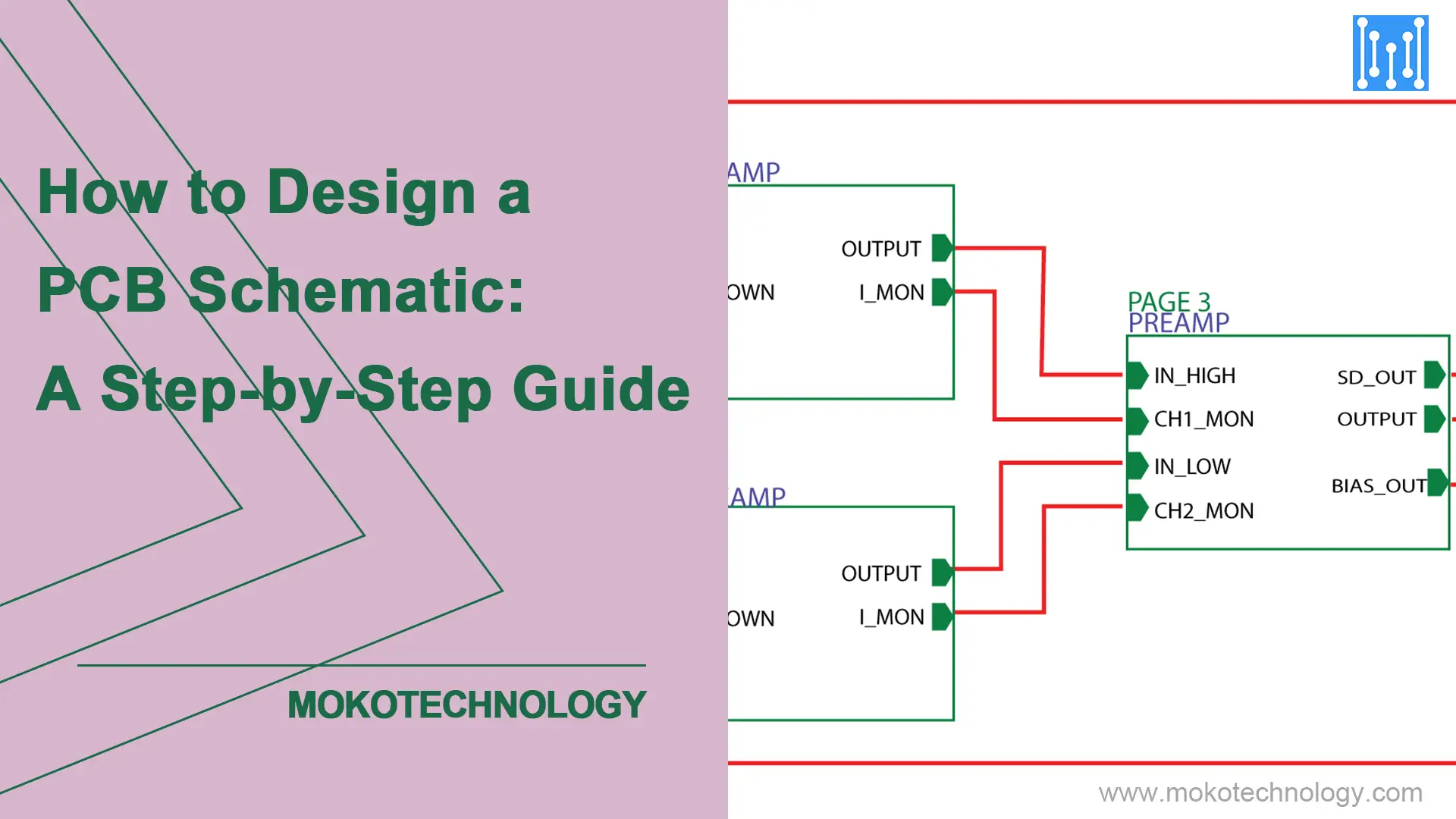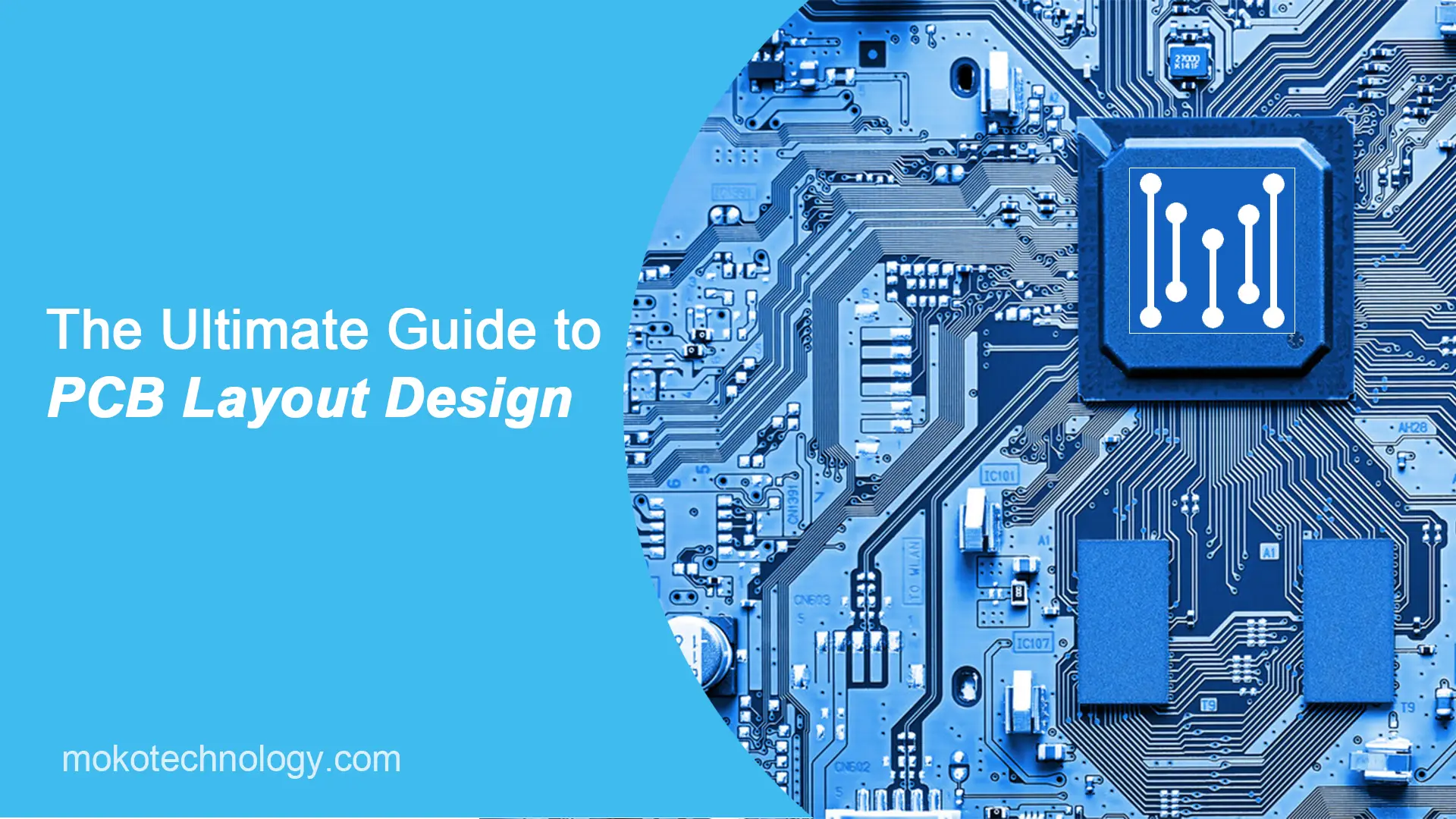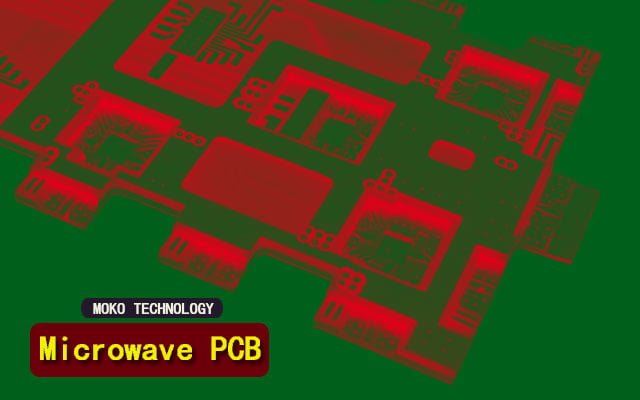The designer places marks on copper layer for easy identification after the artwork is prepared. Part number on the copper layer will last till the PCB lasts itself.
#PCB Design
The designer places marks on copper layer for easy identification after the artwork is prepared. Part number on the copper layer will last till the PCB lasts itself.
#PCB Design
There is a copper pour over the entire top of the my PCB, which is part of GND net. It turns out that the surface mounted 1W LEDs I’m going to use have the heat slug connected internally to the LED’s +ve terminal. Can I rely on the solder mask to insulate the +ve voltage (~3V ish) from GND? Long term?
My mechanical keyborad is brand new so I cannot find where the culprit is. How I fix the key?
I notice that each design file from the supplier contains part number. It seems that it become a common habit in PCB design field. Just be curious about the reason.

PCB Schematic: What Is It? Why Is It Important? A printed circuit board design starts with a PCB schematic diagram. This PCB schematic layout visually depicts the

PCB layout design is a key step in the manufacture of circuit boards. A reasonable PCB layout is conducive to controlling the production cost and

Printed circuit boards with high-speed chips and microwave PCB structures have numerous parameters that differ significantly from those of conventional, rigid and flexible printed circuit
Electronic Manufacturing
Resources
Contact Us
Copyright ©2024 MOKO Technology | Your Trusted EMS Partner 粤ICP备15085690号